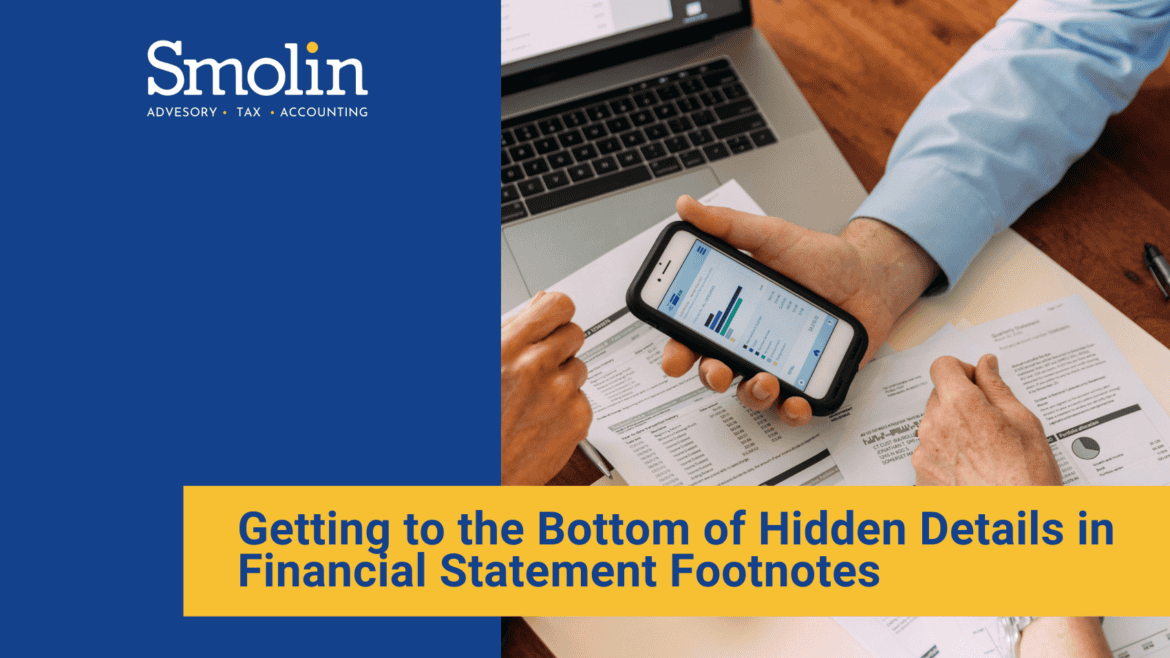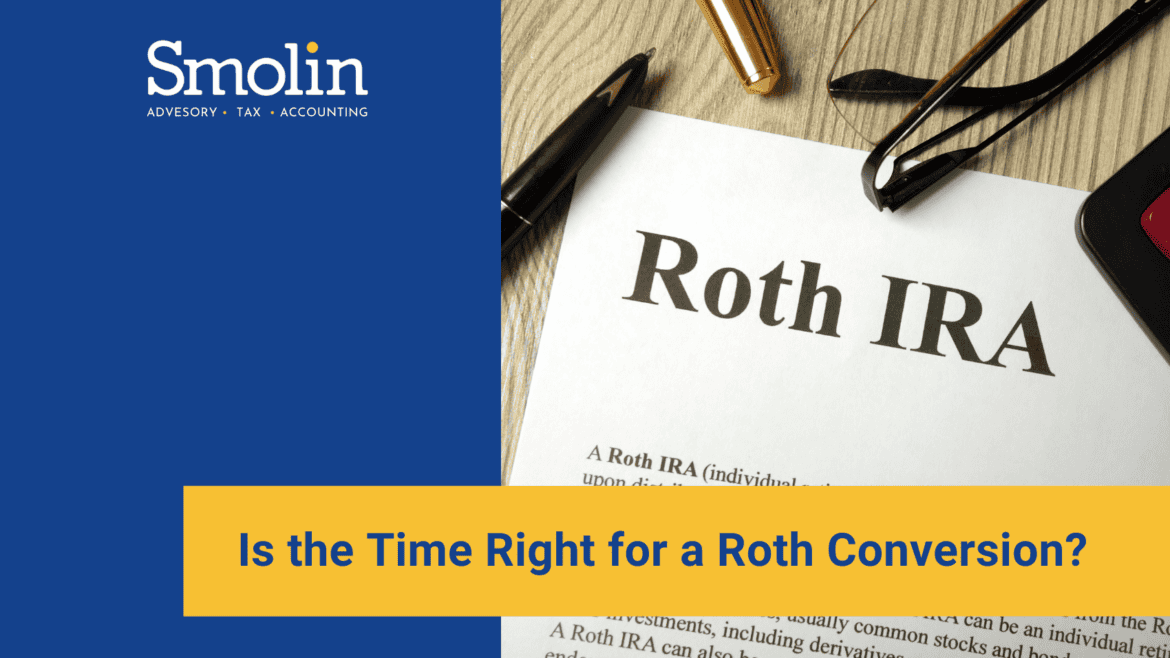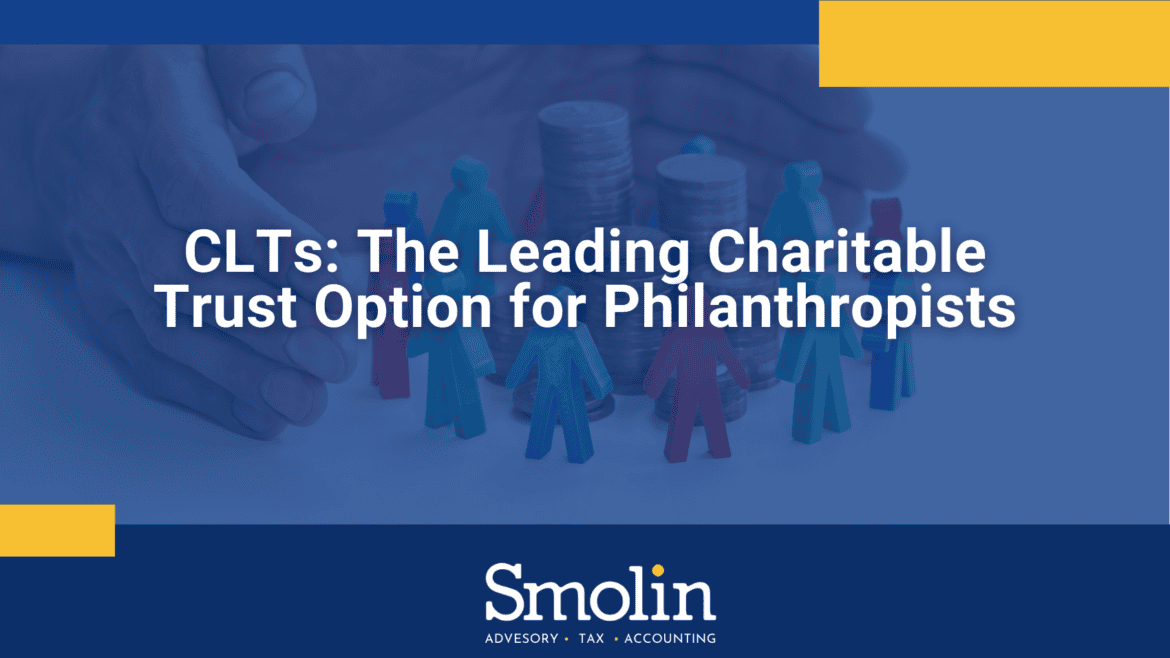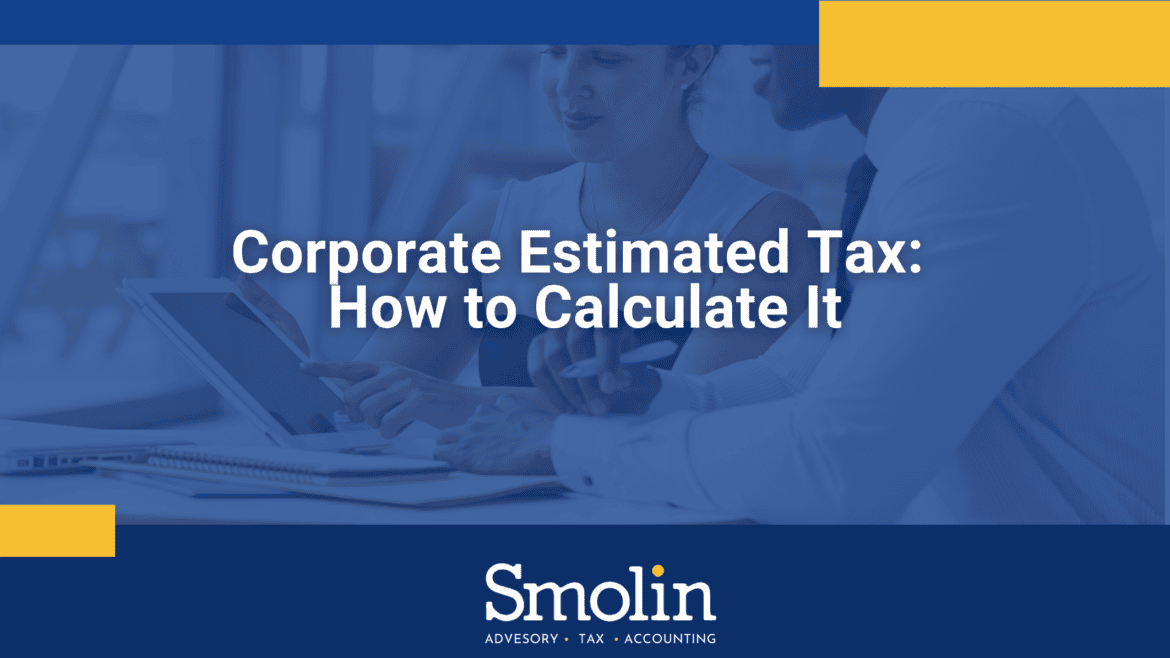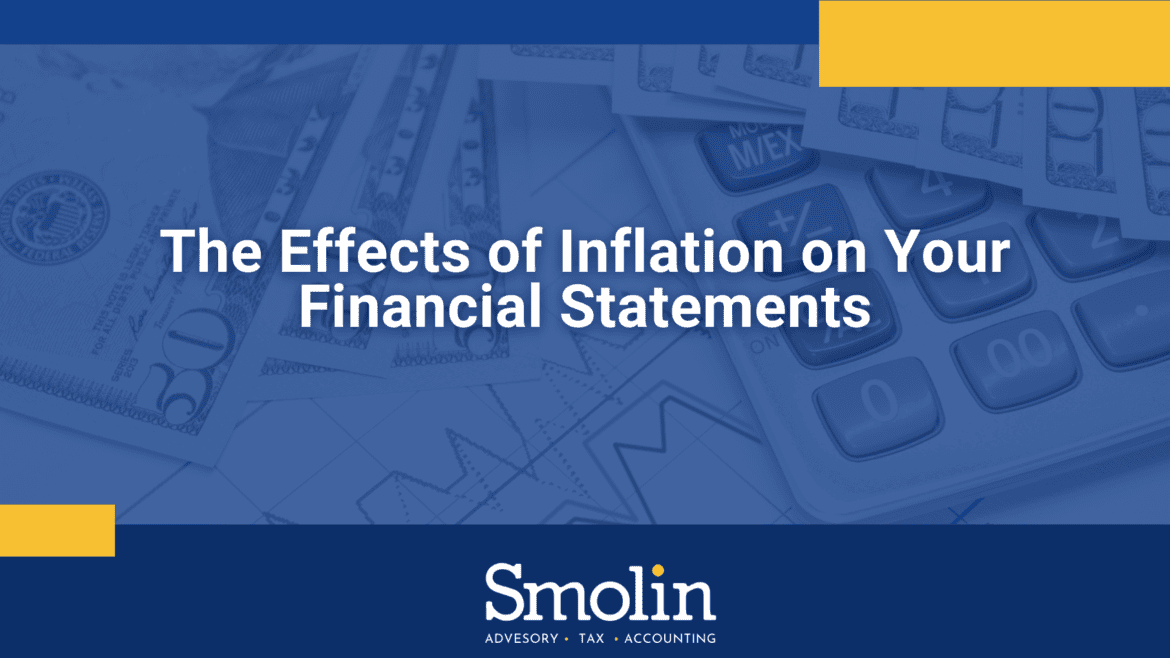The continuing trend of rising inflation has investors and business owners on high alert. The U.S. The Bureau of Labor Statistics has also tracked the steady rise in consumer pricing, which has seen an 8.3% increase over the last year. Its findings are based on the Consumer Price Index (CPI), which measures changes in cost for items the public relies on for daily living needs, such as fuels, clothing, food, medical services, home costs, and more. This latest calculation is just slightly less than the previous 12-month increase of 8.5%, a number that topped the highest increase ever recorded back in December of 1981.
The producer price index (PPI) has also risen 11% over the past 12 months, furthering anxiety for consumers and financial experts. This is still a lower figure than the previous 11.2% increase for the last measured period in March, another record-breaking rise for wholesale inflation. PPI measures inflation rates before consumers feel the pinch in their wallets.
Primary impacts
If you’re a business owner, inflation could directly affect costs and hurt consumer demand for goods and services deemed discretionary. You might experience decreases in profits unless you can pass these losses to your customers through strategic pricing models. Still, it’s not just your gross margins you need to worry about. Below are seven additional areas of concern from today’s inflationary trends that could impact your financial statements.
1. Goodwill. Companies using GAAP to estimate the fair value of acquired goodwill should use valuation techniques that remain consistent from period to period. However, one should also recognize that as inflation increases, revisions to these assumptions may be necessary to maintain accurate estimations. For example, it’s common practice during inflationary periods for market participants to use higher discount rates. They might also anticipate revised cash flows due to rising costs, modifications to product pricing, and changing consumer behaviors in this market climate.
2. Debts. As the Federal Reserve attempts to control inflation by raising interest rates, companies with variable-rate loans could see their interest costs rise as well. As of May, the Fed imposed a 0.5% increase in its target federal funds rate and might increase this rate again throughout the remainder of 2022.
If you’re one of the businesses affected by this increase, it might be wise to convert your variable-rate loans to fixed loans or seek approval for additional credit to secure a fixed-rate loan before any future increases by the Fed. Companies in this predicament could also explore restructuring their debt. Depending on the approach used, you may be able to report it as one of the following under the U.S. Generally Accepted Accounting Principles (GAAP):
- Extinguishment of debt
- Modification
- Troubled debt restructuring
3. Inventory. GAAP measures inventory at the lower of either net realizable value or cost and market value. There are several methods businesses rely on to determine their inventory cost:
- Average cost
- First-in, First-out (FIFO)
- Last-in, First-out (LIFO)
Your profits and ending inventory valuation are directly impacted by your chosen method. Additionally, you might also experience a trickle-down effect on your tax liability.
4. Investments. It’s well known that one source of volatility in public markets is inflation. Realized or unrealized gains and losses can occur when your company’s investments undergo market value changes–directly affecting any liabilities and deferred tax assets under GAAP.
Companies may opt to modify their investment strategy out of concern for this inflationary impact, though doing so could potentially demand disclosures of the changes in financial statement footnotes. New accounting methods may even be necessary when taking this approach.
5. Overhead costs. Escalation clauses related to CPI or other measures for addressing inflation could be in your long-term lease, thus increasing rent overheads. The same is possible for vendor contracts and contracts with other service providers.
6. Foreign currency. Foreign exchange rates aren’t impervious to inflation. When exchange rates fluctuate, businesses that accept, bank, and/or convert these currencies will adapt to ensure the rates used are appropriate for that point in time.
7. Going concern disclosures. Business management must determine if there is substantial doubt about their company continuing as a going concern. Every reporting period, evaluations take place to review a company’s ability to meet its obligations within the 12-month period after its financial statement issuance.
Skyrocketing inflation frequently devastates unprepared businesses. Without adequate countermeasures to inflationary effects, doubt arises about the company’s long-term viability.
We’re here to help
Inflation can have widespread impacts on a company’s financial statements. Reach out to us for assistance in anticipating the possible effects on your business’s financials and developing lasting solutions to mitigate these risks.
© 2022

